South Side Speculations
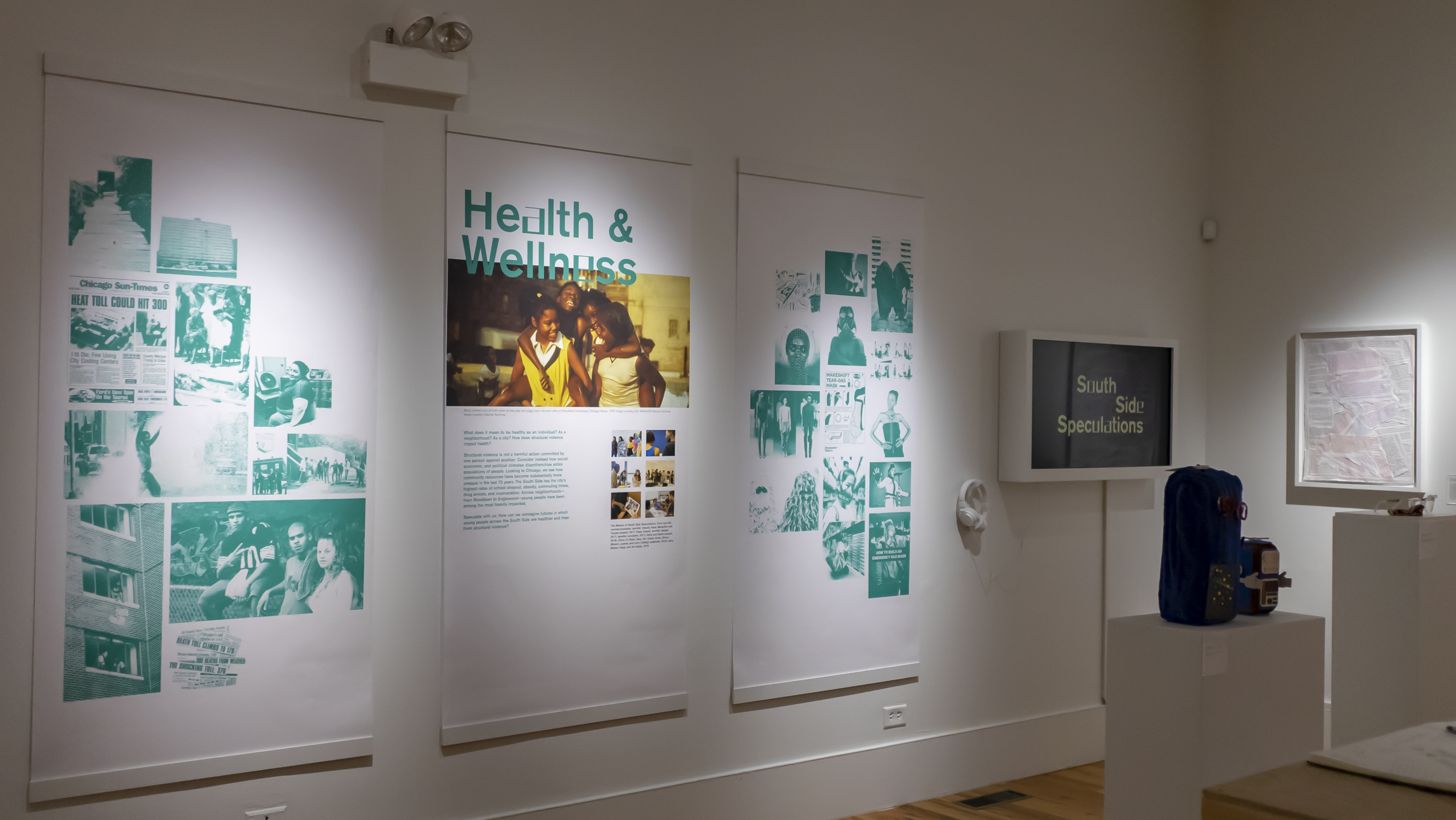
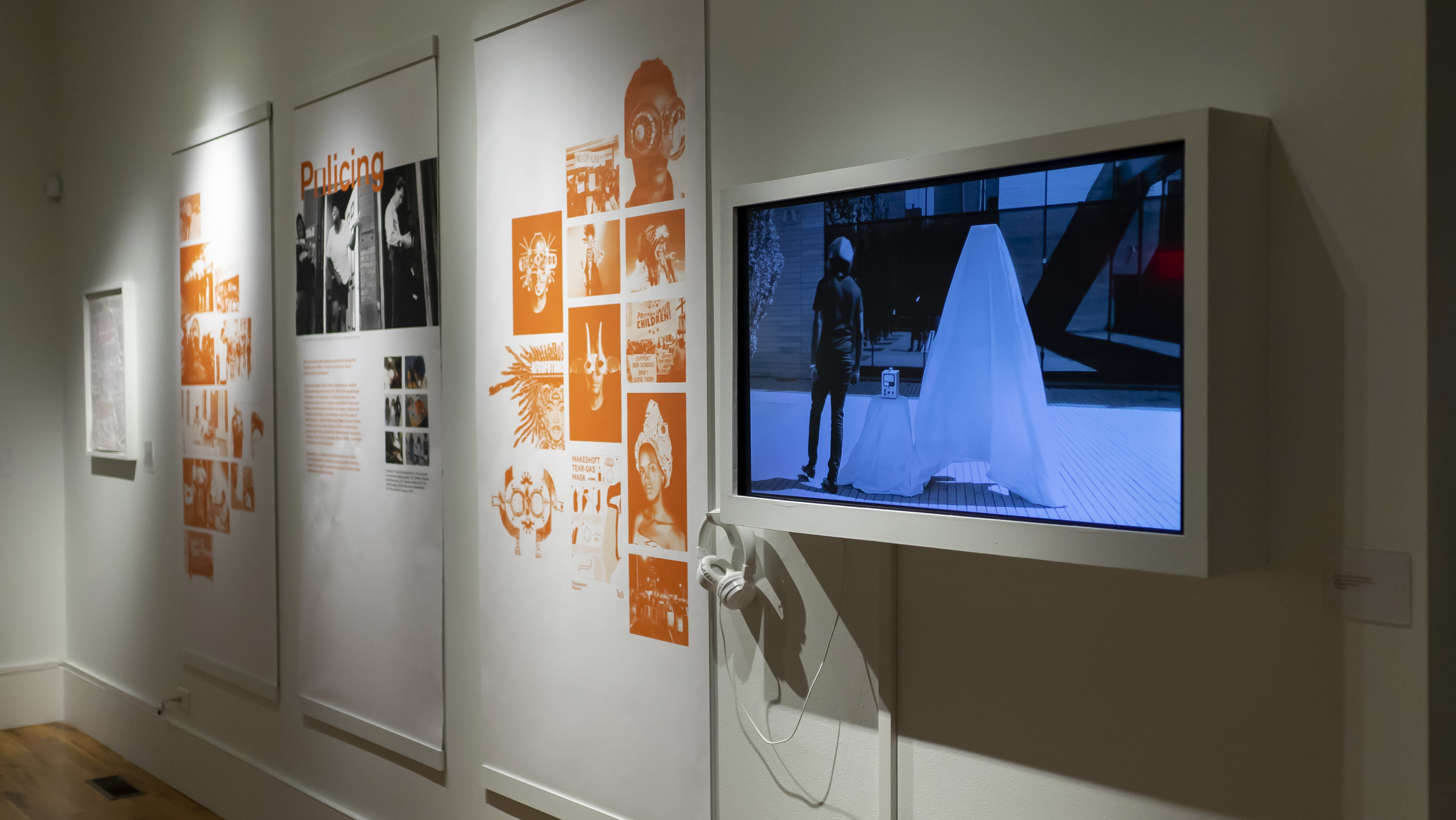
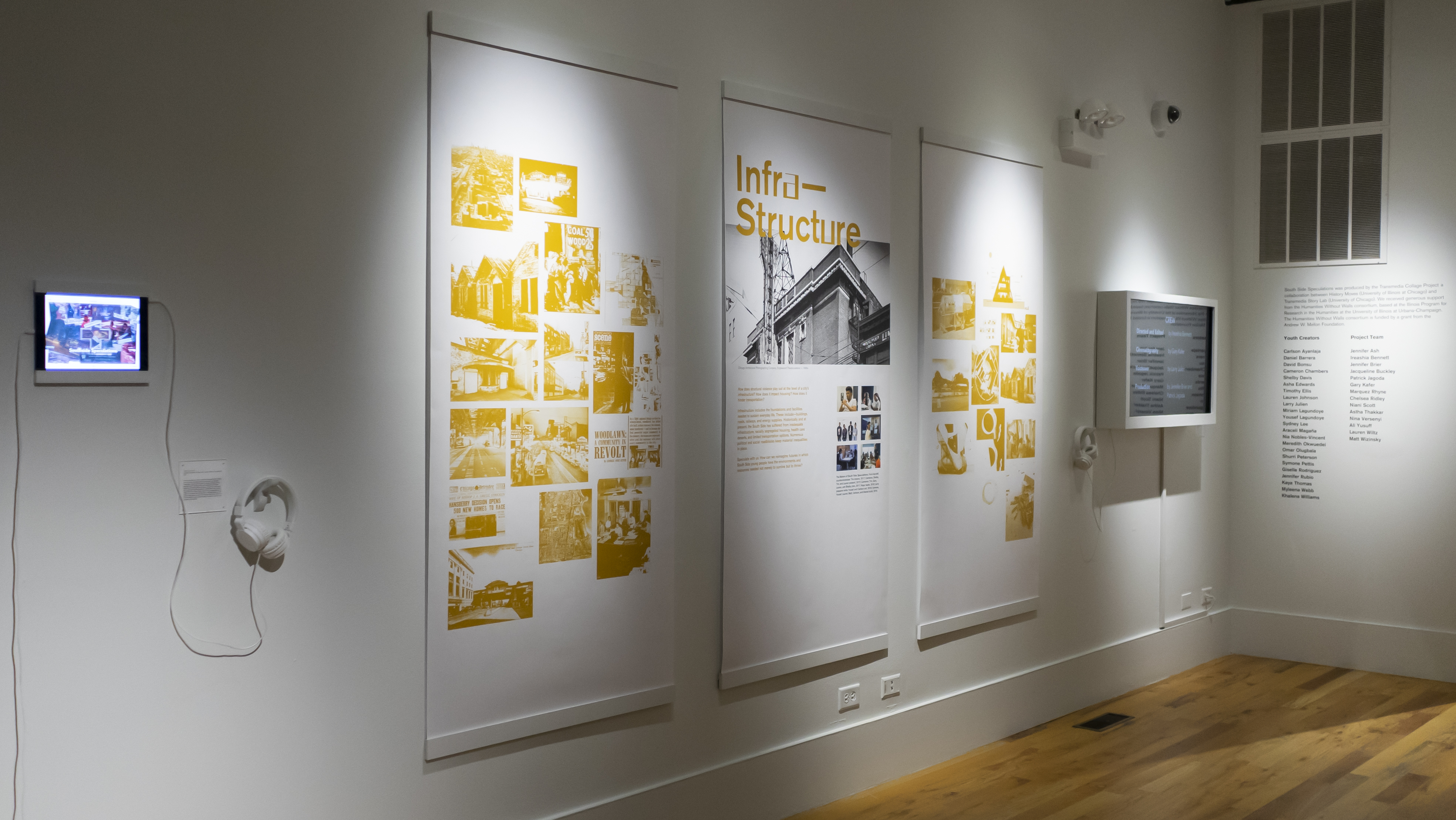

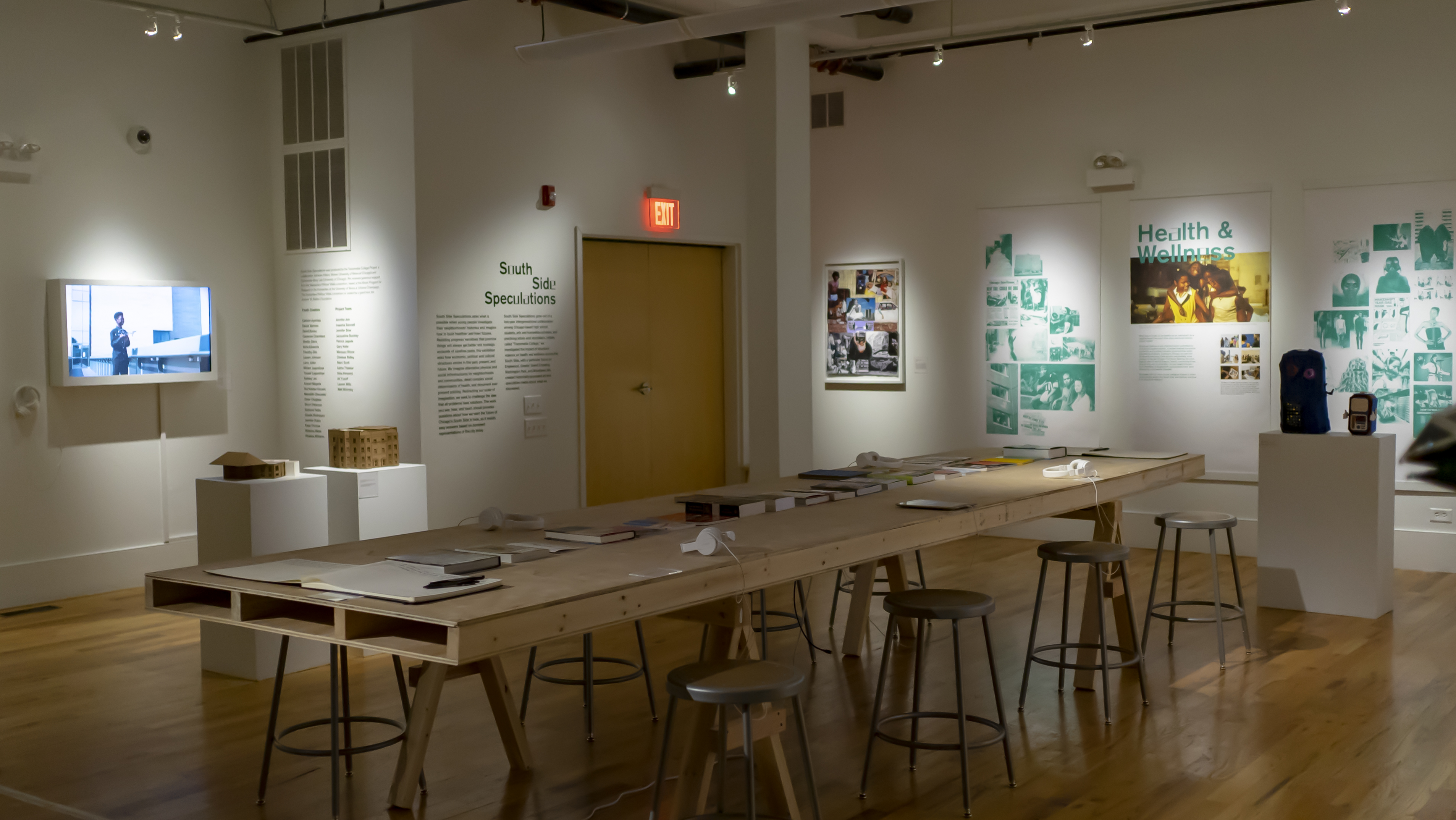
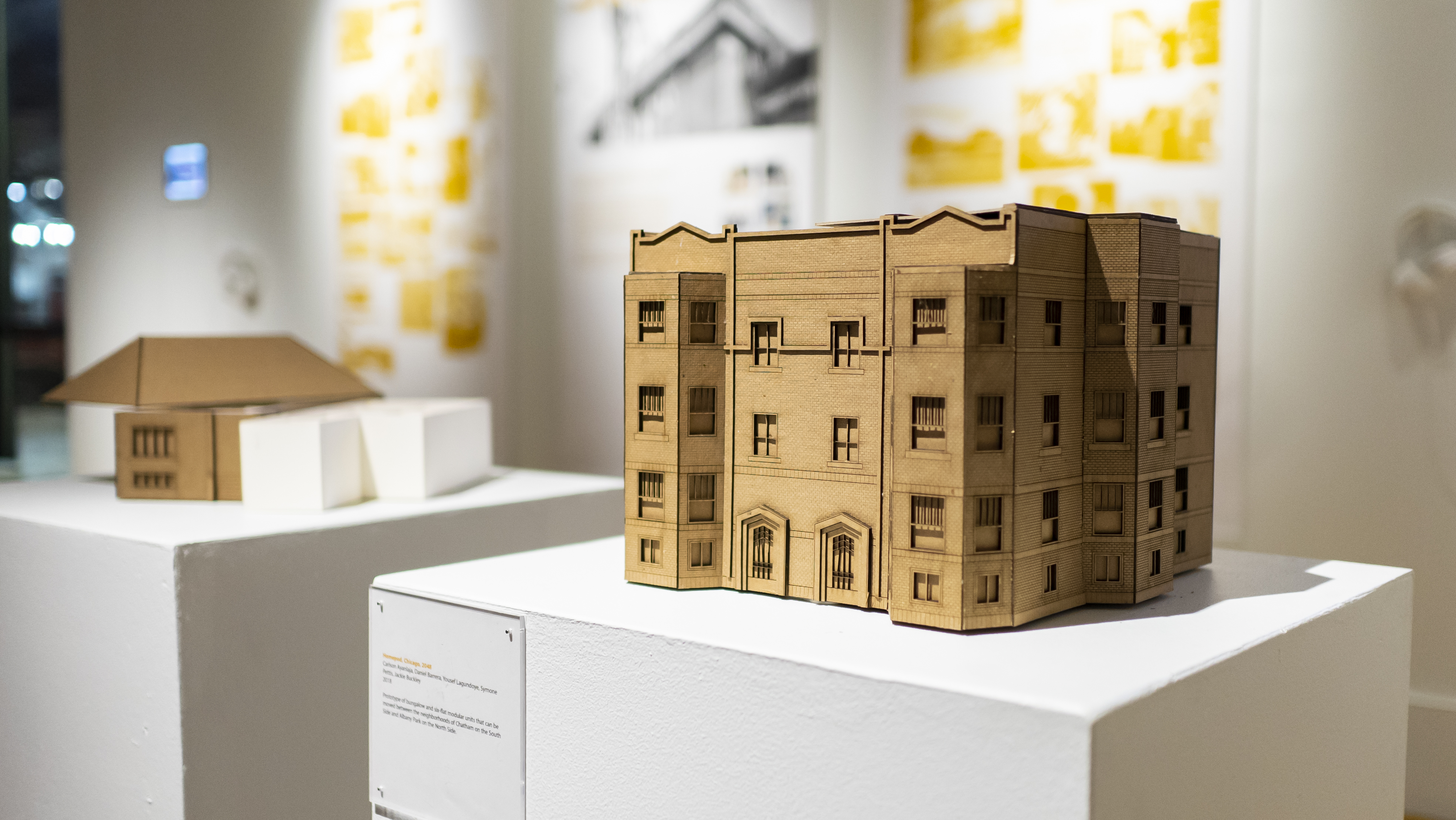
South Side Speculations asks what is possible when young people investigate their neighborhoods’ histories and imagine how to build healthier and freer futures.
Resisting progress narratives that promise things will always get better and nostalgic accounts of carefree pasts, this exhibition asks how economic, political and cultural structures evolve in the past, present, and future. We imagine alternative physical and social infrastructures for neighborhoods and communities, detail complex social determinants of health, and document ever present policing. Redirecting our scale of imagination, we seek to challenge the idea that all problems have solutions. The work you will see, hear, and touch should provoke questions about how we want the future of Chicago’s South Side to look, as it resists easy answers based on dominant representations of the city today.
South Side Speculations grew out of a two-year intergenerational collaboration among Chicago-based high school students, arts and humanities scholars, and practicing artists and storytellers. Initially called “Transmedia Collage,” we investigated the impact of structural violence on health and wellness across the South Side, with a particular focus on Englewood, Greater Grand Crossing, Washington Park, and Woodlawn. We created historically-grounded art and speculative media about what we discovered.
I was tasked with creating exhibition graphics, visual identity, wall panels, interiors and promotional materials.
![]()
I was tasked with creating exhibition graphics, visual identity, wall panels, interiors and promotional materials.

An interdisciplinary team worked with adolescents from specific neighborhoods on Chicago’s South Side to study “a climate of structural violence [that] has impacted the health and well-being of black and brown teens” (Bennett, et al 2018), to subsequently envision healthier futures for these neighborhoods.
Young people learned and practiced methods from oral history, speculative design, and various forms of narrative and media production to address issues of race, health, identity, and individual and collective agency.
Young people learned and practiced methods from oral history, speculative design, and various forms of narrative and media production to address issues of race, health, identity, and individual and collective agency.

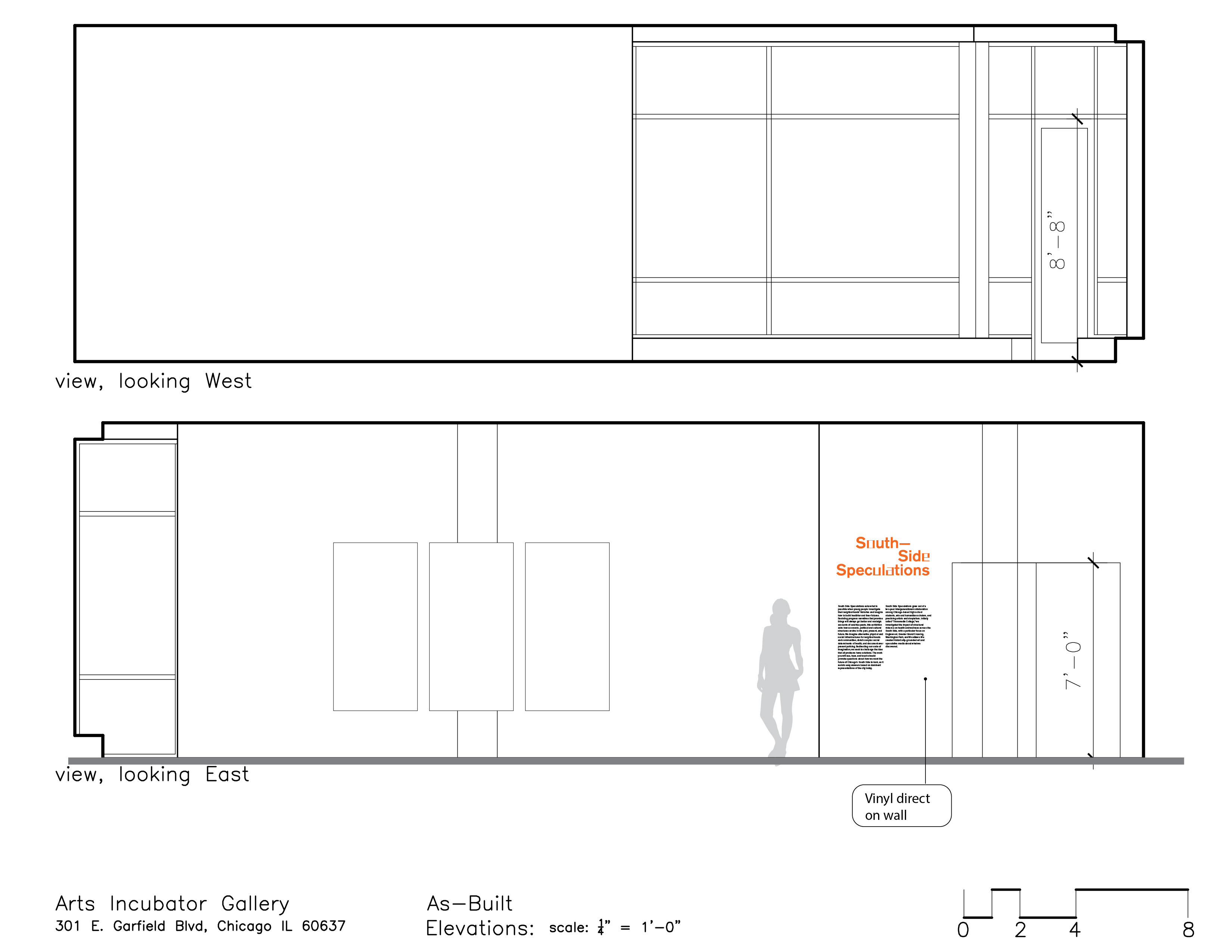



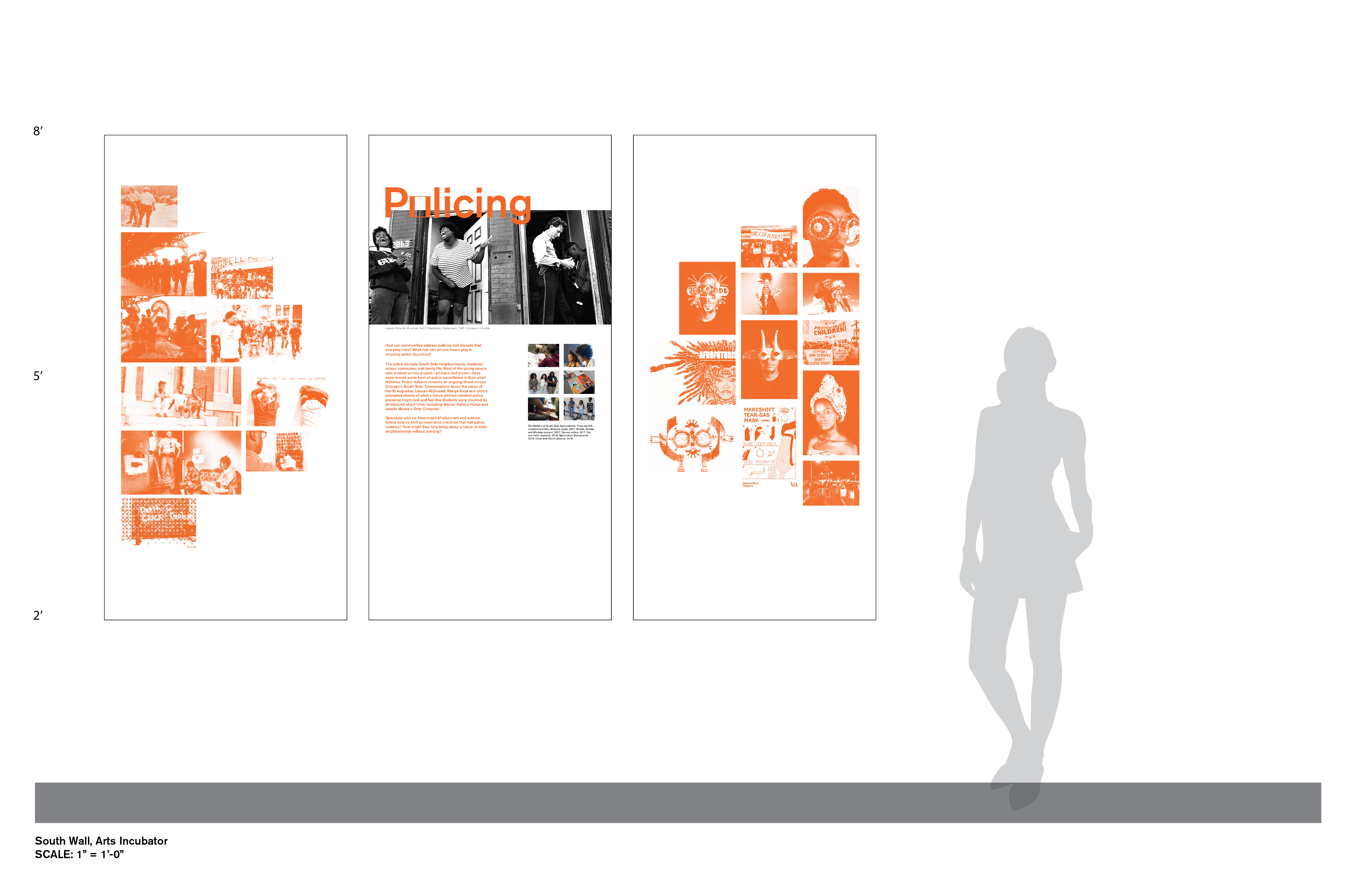


EXHIBITION DESIGN / 2018–2019
Design and implementation in collaboration with Astha Thakar, Jacqueline Buckley (University of Illinois at Chicago) and Ireashia Bennett (University of Chicago).